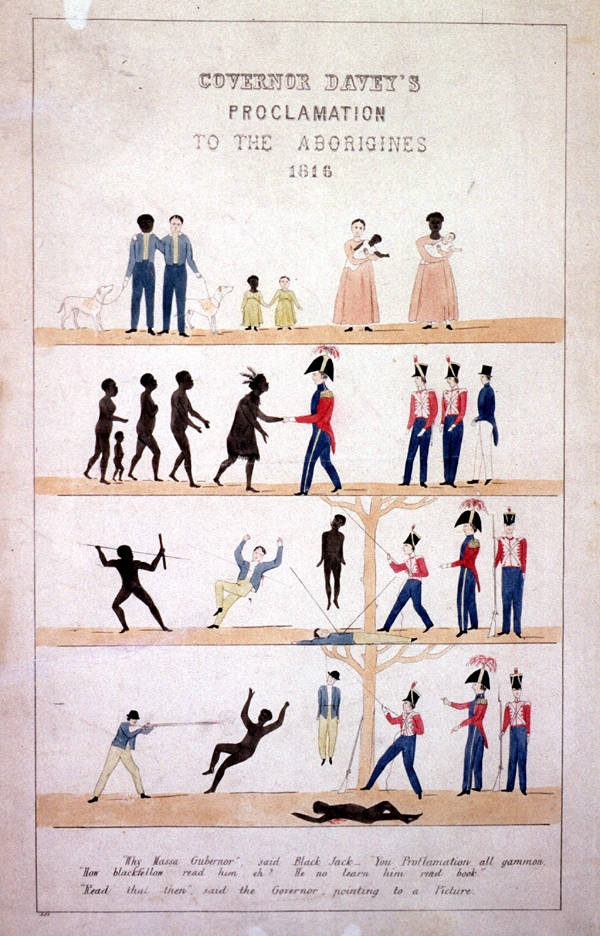
"Frontier Conflict" Topic
2 Posts
All members in good standing are free to post here. Opinions expressed here are solely those of the posters, and have not been cleared with nor are they endorsed by The Miniatures Page.
Please use the Complaint button (!) to report problems on the forums.
For more information, see the TMP FAQ.
Back to the 19th Century Discussion Message Board
Areas of Interest19th Century
Featured Hobby News Article
Featured Link
Featured Ruleset
Featured Showcase Article
Featured Profile Article Almost two dozen desperate gunslingers were arrayed on the outskirts of town, armed with sixguns, rifles, scatterguns and a bloodthirsty desire to kill!
|
Tango01  | 14 Jun 2025 4:06 p.m. PST |
"Colonial frontiers were ambiguous places, comprising official borders that marked the advancing limits of colonial incursion, areas allocated for settlement, governed by colonial authorities. They were not static, as they changed in size to accommodate new immigrants with their stock, and in nature as successive administrators explored new possibilities for development. There were also the unofficial frontiers, regions that extended beyond the reach of government scrutiny, inhabited by adventurers, by entrepreneurs not wishing to be restricted by intrusive legislation and competition, and by those who wished to escape the law. On the other side of these frontiers were the indigenous people, occupying the unbuffered borders, the vantage points where Aboriginal tribes experienced and interpreted the activities of European settlement. With these tribes unable to distinguish between official and unofficial conduct nor grasp the enormity and speed of the changes thrust upon them, it is little wonder that the frontiers were often places of conflict. When resistance sparked into open warfare, these border regions became the battleground of choice, as Aboriginal tribes often disunited by language and traditional enmities and divided by internal borders, lacked the numbers and force to strike directly at the colonial beachhead…"

See here
link
Armand |
Tango01  | 14 Jun 2025 4:09 p.m. PST |
"Colonial frontiers were ambiguous places, comprising official borders that marked the advancing limits of colonial incursion, areas allocated for settlement, governed by colonial authorities. They were not static, as they changed in size to accommodate new immigrants with their stock, and in nature as successive administrators explored new possibilities for development. There were also the unofficial frontiers, regions that extended beyond the reach of government scrutiny, inhabited by adventurers, by entrepreneurs not wishing to be restricted by intrusive legislation and competition, and by those who wished to escape the law. On the other side of these frontiers were the indigenous people, occupying the unbuffered borders, the vantage points where Aboriginal tribes experienced and interpreted the activities of European settlement. With these tribes unable to distinguish between official and unofficial conduct nor grasp the enormity and speed of the changes thrust upon them, it is little wonder that the frontiers were often places of conflict. When resistance sparked into open warfare, these border regions became the battleground of choice, as Aboriginal tribes often disunited by language and traditional enmities and divided by internal borders, lacked the numbers and force to strike directly at the colonial beachhead…"

See here
link
Armand |
|

